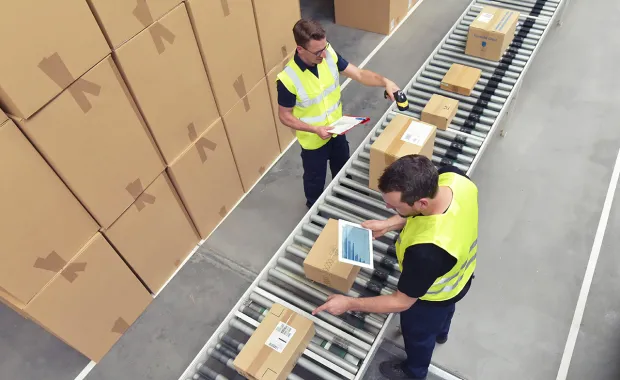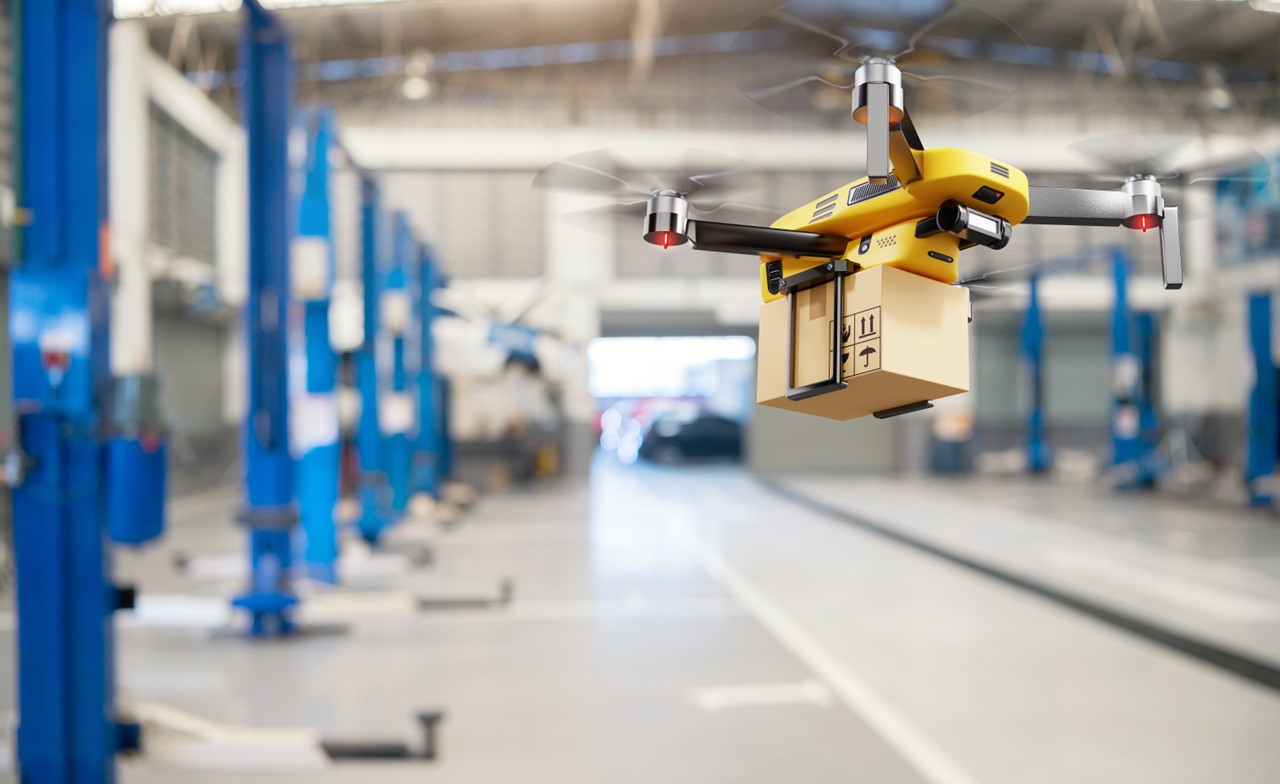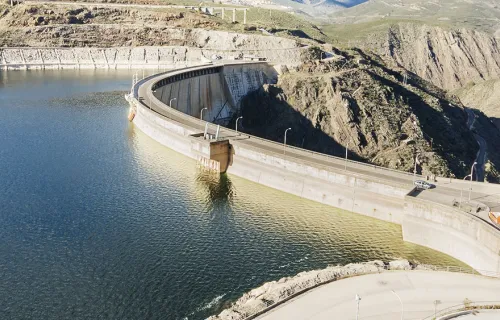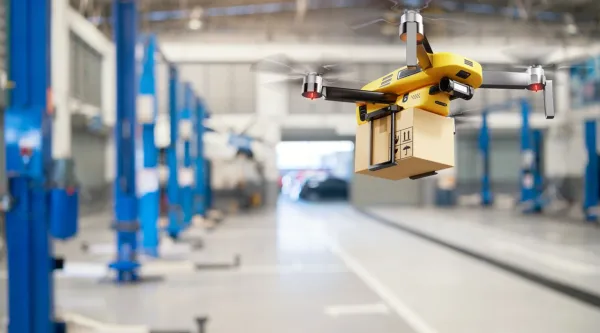Hans Moonen
Vice-President, Consulting Transport & Logistics
Hans is the global leader for CGI’s Supply Chain Consulting service. Based in the Netherlands, Hans provides his subject matter expertise to clients in the maritime, rail, aviation, postal and logistics industries, as well as to the European Commission.











